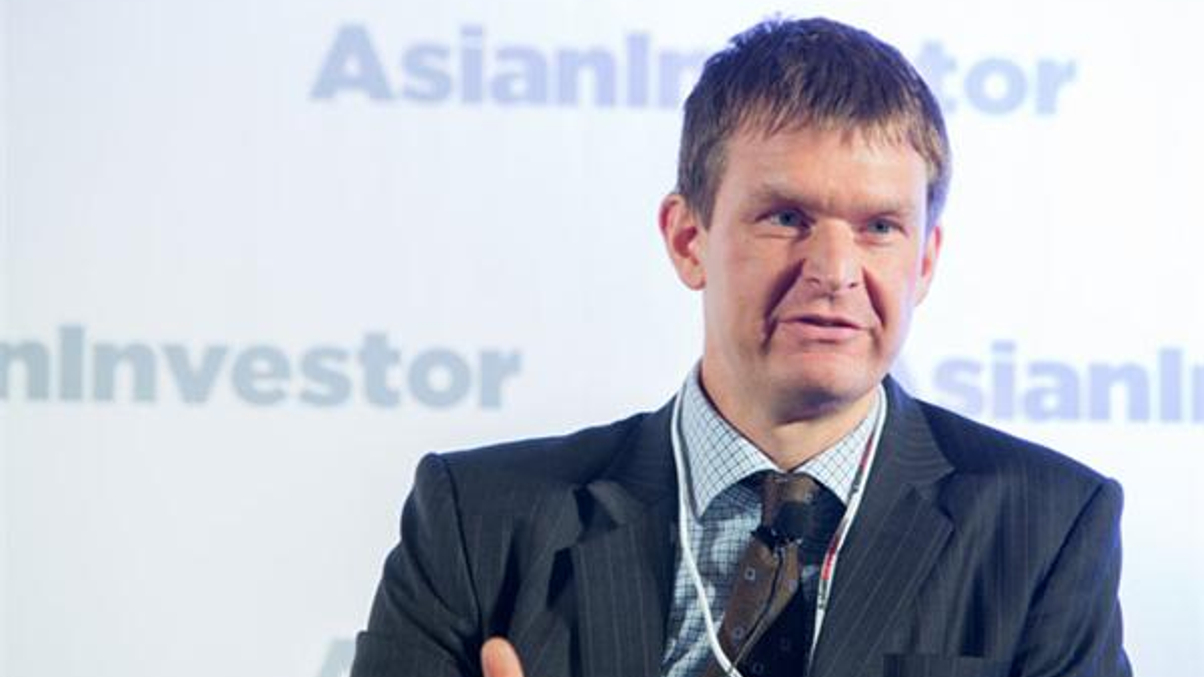Raising alts allocation "no silver bullet": Eastspring
The Asian asset management arm of Prudential plans to keep alts at 5% of its portfolio, while the Korean Federation of Community Credit Cooperatives will nearly double its exposure to 15%.

Institutional portfolios may need to take on more risk to generate higher returns, but alternatives are not a silver bullet, says Kelvin Blacklock, Singapore-based chief investment officer of global asset allocation at Eastspring Investments.
Sign in to read on!
Registered users get 2 free articles in 30 days.
Subscribers have full unlimited access to AsianInvestor
Not signed up? New users get 2 free articles per month, plus a 7-day unlimited free trial.
¬ Haymarket Media Limited. All rights reserved.


